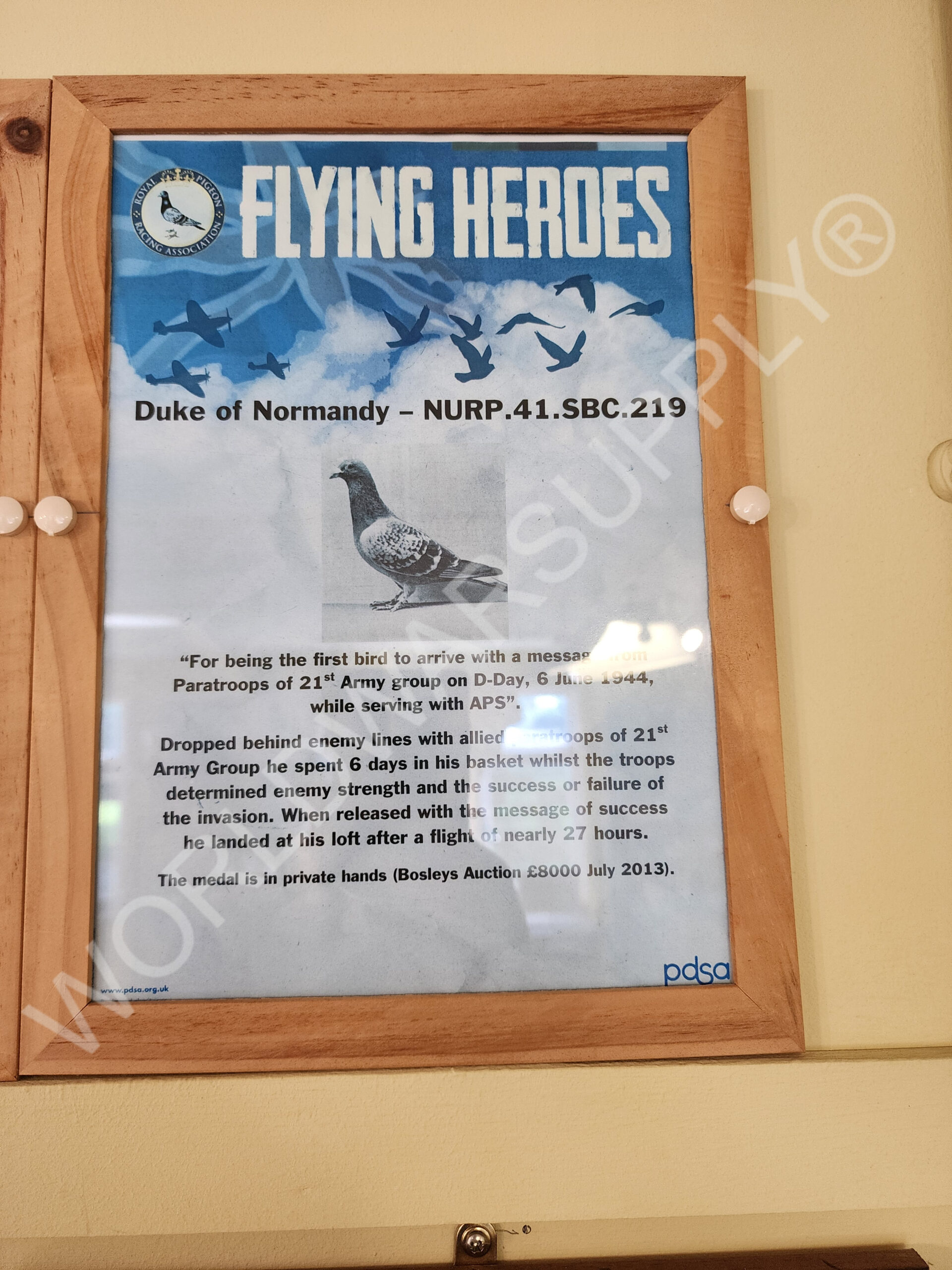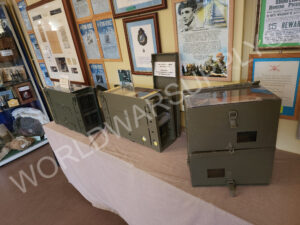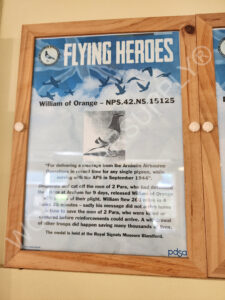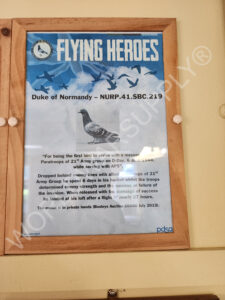
26 Jan Falcons in the Skies: Training Raptors to Intercept Carrier Pigeons During WWII
World War II was a period of unprecedented innovation and adaptation, with both the
Axis and Allied forces employing a range of unconventional tactics and strategies to
gain an upper hand. One such fascinating but little known aspect of wartime innovation
was the use of falcons to intercept carrier pigeons.
The Carrier Pigeon’s Role


Carrier pigeons were widely used during World War II as an efficient and reliable means
of communication. These birds were capable of delivering messages over long
distances and across enemy lines when other forms of communication were
compromised or unavailable. They were considered essential for sending critical
messages, including coordinates, troop movements, situation reports and emergency
signals. Recognizing their significance, both Axis and Allied forces employed falcons to
intercept, neutralize, or capture these feathered messengers.




Training Falcons for War
Training falcons to intercept carrier pigeons was a challenging task. The birds needed to
be not only skilled hunters but also capable of distinguishing between a carrier pigeon
and other avian species. Several aspects of falconry came into play during this process:
1. Selection of Raptors: Falcons were chosen for this mission due to their
exceptional speed and agility. Peregrine falcons, in particular, were preferred for
their remarkable hunting skills.
2. Training Techniques: Falconers employed their traditional techniques to train
these birds, focusing on enhancing their natural instincts.
3. Target Recognition: Falcons had to distinguish carrier pigeons from other birds
in the sky. This was achieved through carefully orchestrated training sessions
that exposed the falcons to various bird species.
4. Homing Pigeon Simulations: To prepare the falcons for the task, they were
trained to recognize the behavior and flight patterns of carrier pigeons.
5. Flight Speed and Precision: Speed was crucial in falconry, and the birds were
trained to chase down carrier pigeons with accuracy. This required extensive
training and conditioning to build the necessary physical fitness.
6. Interception but not Killing: Some of the Falcons were trained to intercept the
Carrier Pigeons and overcome their natural instinct to kill. Instead delivering it to
its handler allowing them to read the message and release the Carrier Pigeon
with the message intact but known. This was basically the same as taping a
phone line.
Combat Deployments
Once trained, these avian war assets were deployed to various theaters of war, where
they played a significant role in intercepting carrier pigeons and enemy messages.
Specialized teams of falconers accompanied military units and used falcons to prevent
pigeons from delivering their vital messages or to intercept them.
Results and Legacy
The use of falcons to intercept carrier pigeons during World War II was relatively
successful. The raptor’s speed and precision enabled them to take down pigeons in
mid-flight, preventing crucial information from reaching enemy hands. Because of the
broad front line they could not prevent all messages but had great success.
After the war, the practice of using falcons in warfare declined as communication
technologies advanced. Nonetheless, the wartime use of falcons in intercepting carrier
pigeons remains a remarkable and little-known chapter in the history of falconry and
military strategy. It showcases the adaptability and creativity of those involved in the war
effort during one of the most tumultuous periods in history.

